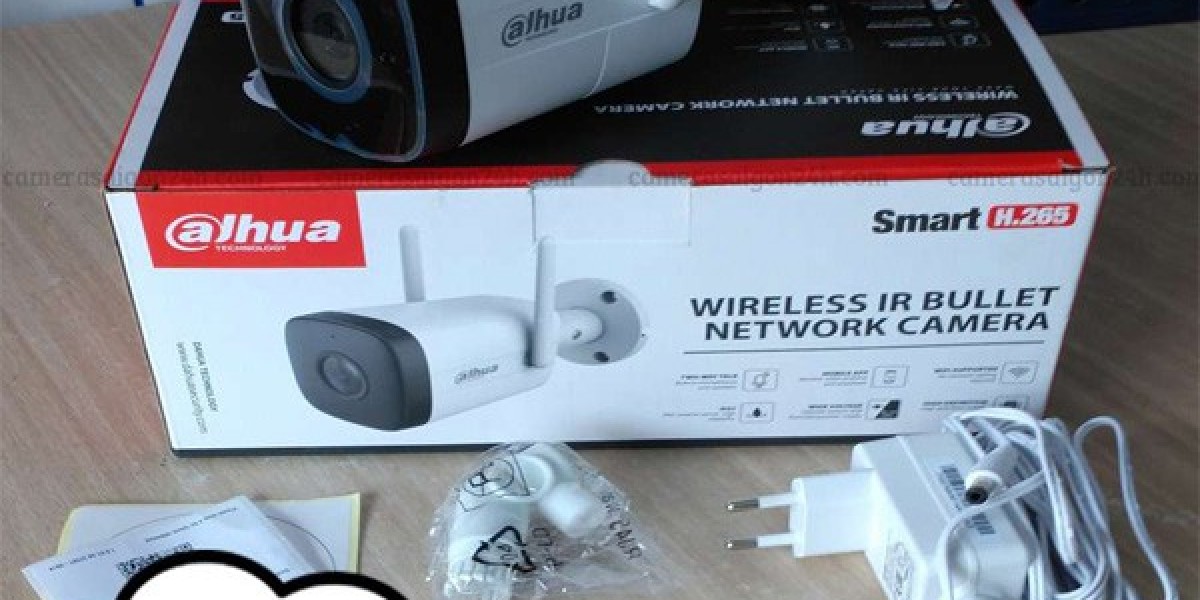1. What is a Liquid Extrusion Porosimetry Test?
The liquid extrusion porosimetry (LEP) test is a powerful technique for determining the pore size distribution and porosity of a material—especially in non-woven, ceramic, and polymeric membranes.
How It Works:
A fully saturated sample (filled with a wetting liquid) is placed in a test chamber.
Gas pressure is applied from one side to extrude the liquid from the pores.
The volume of liquid extruded at each pressure step is measured.
Based on the pressure and volume relationship, pore diameters are calculated using the Laplace equation.
Key Results:
Pore size distribution
Total porosity
Pore volume
Largest and smallest detectable pore sizes
Applications:
Microfiltration and ultrafiltration membranes
Battery and fuel cell components
Woven and nonwoven fabrics
Ceramics and sintered materials
Why Use It?
Accurate pore analysis, especially for small pore sizes (down to nanometers)
Ideal for materials that operate in liquid environments
Non-destructive for many sample types
2. What is a Gas Permeameter?
A gas permeameter is a testing instrument used to measure the gas permeability of porous materials. It’s especially relevant when assessing how gases like air, nitrogen, or oxygen flow through a material under controlled conditions.
How It Works:
A sample is placed in a sealed chamber.
A known gas is introduced under pressure.
The rate of gas flow through the material is measured.
Permeability is calculated using Darcy’s law or other flow models.
Key Uses:
Geological core analysis (e.g., in oil and gas exploration)
Membranes and barrier films
Battery separators
Filters and industrial fabrics
Benefits:
Provides real-world insight into gas transmission rates
Useful in both low- and high-permeability materials
Fast, reliable testing across various industries
3. What is a Liquid Permeameter?
A liquid permeameter is used to evaluate the liquid permeability of a material. Unlike gas testing, this method focuses on how easily a liquid (such as water or oil) can flow through a porous medium under defined pressure conditions.
How It Works:
A liquid is pushed through a sample at a constant or variable pressure.
The flow rate is measured and correlated with permeability coefficients.
Can be used to assess saturation, flow rate, and fluid retention.
Key Applications:
Water filtration and purification
Geotextiles in civil engineering
Oil and water separation membranes
Biomedical devices (e.g., wound dressings, dialysis membranes)
Why It's Important:
Provides data on real-world liquid behavior
Essential for designing systems with specific flow or barrier properties
Can simulate various environmental or operational conditions
Comparing the Three Testing Methods
| Method | Purpose | Medium Tested | Key Measurements |
|---|---|---|---|
| Liquid Extrusion Porosimetry Test | Pore size analysis | Wetting liquid displaced by gas | Pore size distribution, porosity |
| Gas Permeameter | Gas permeability | Gas (e.g., air, N₂, O₂) | Permeability coefficient (Darcy or other units) |
| Liquid Permeameter | Liquid permeability | Liquid (e.g., water, oil) | Flow rate, saturation, Darcy’s permeability |
Why These Tests Matter
Each test provides a different view of material performance:
Use liquid extrusion porosimetry to understand pore architecture.
Use a gas permeameter to assess how a material behaves in gaseous environments.
Use a liquid permeameter to simulate liquid flow behavior through the structure.
When combined, these tests offer a comprehensive evaluation of porosity, permeability, and functionality—essential for developing and validating materials in advanced applications.
Final Thoughts
Whether you're working with filters, membranes, textiles, or geological samples, selecting the right permeability testing method is crucial. The liquid extrusion porosimetry test, gas permeameter, and liquid permeameter each provide valuable insights into how your material will perform in real-world conditions.
For accurate results and industry compliance, it’s best to work with a lab that offers certified porosity and permeability testing services, along with expert analysis.








